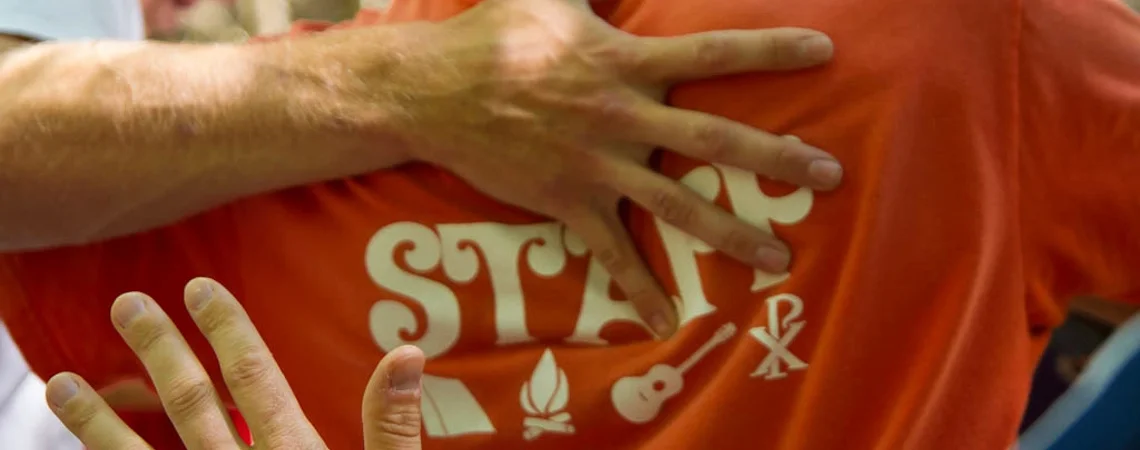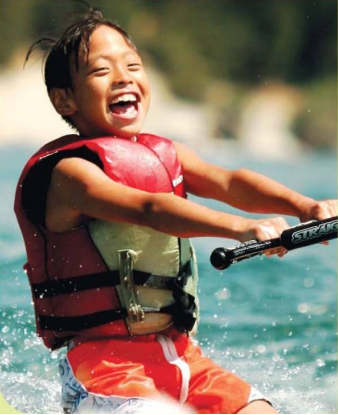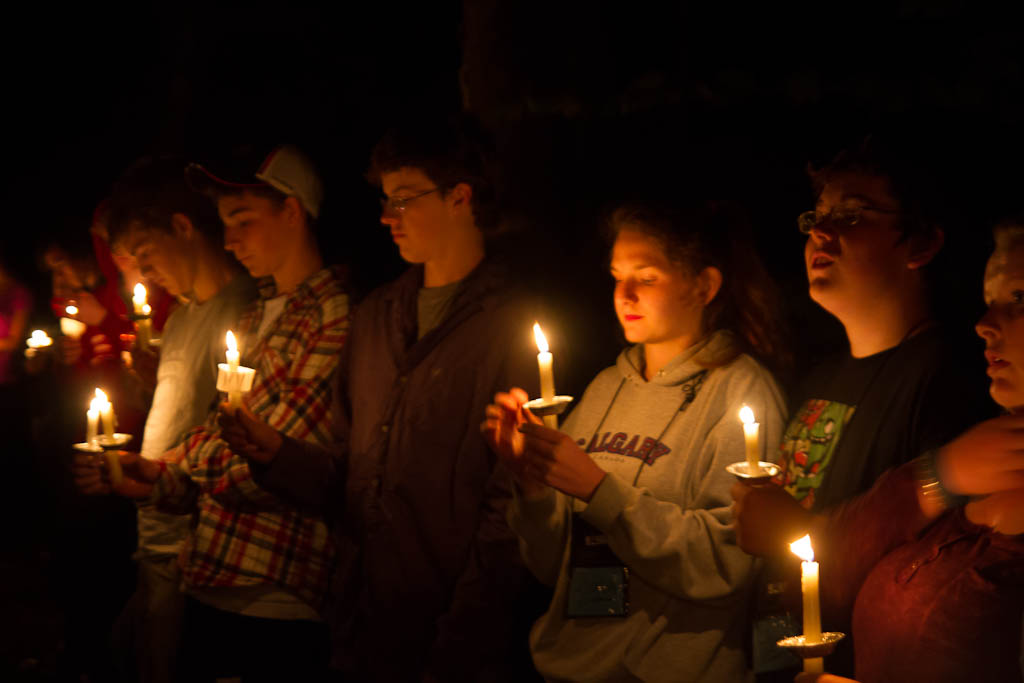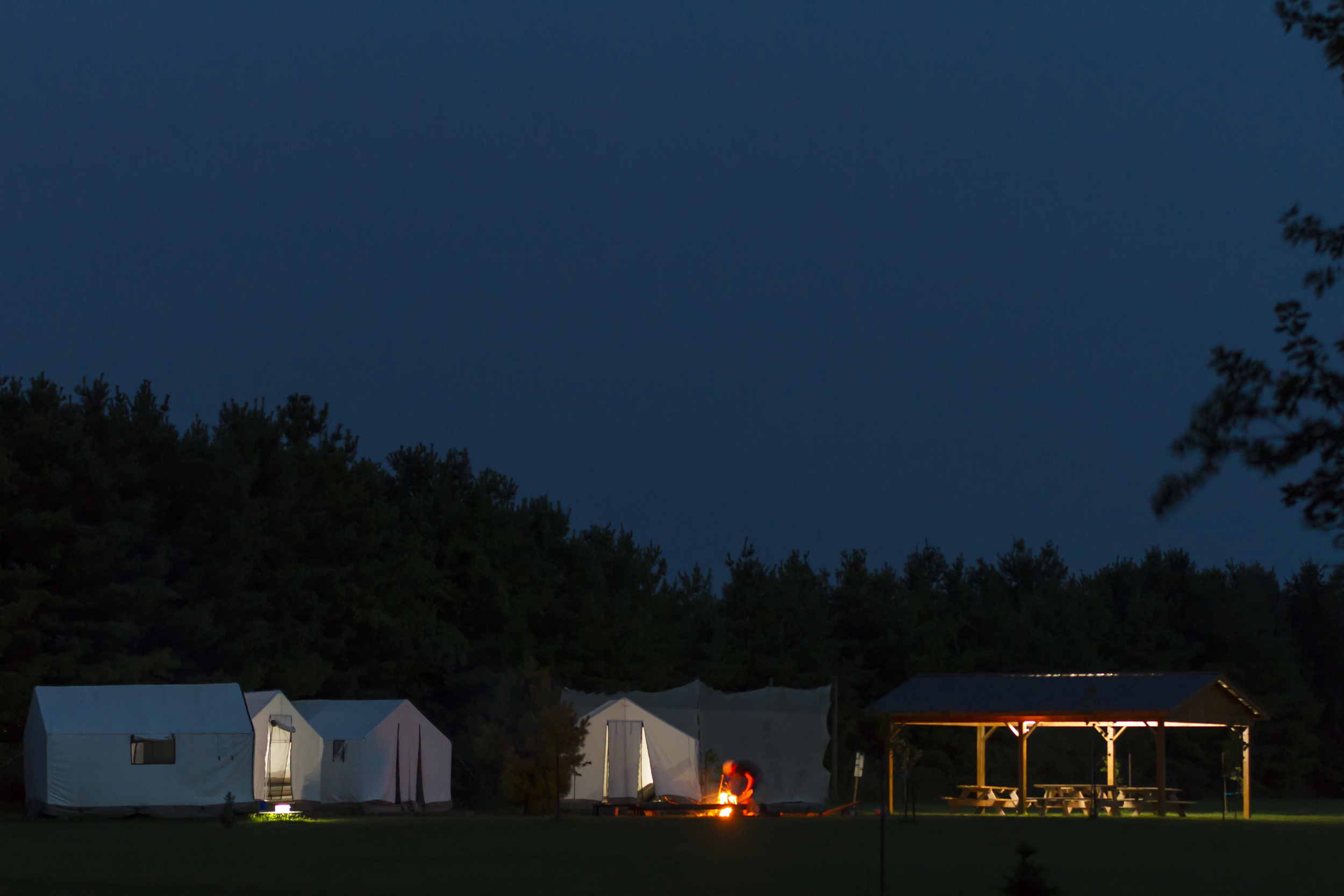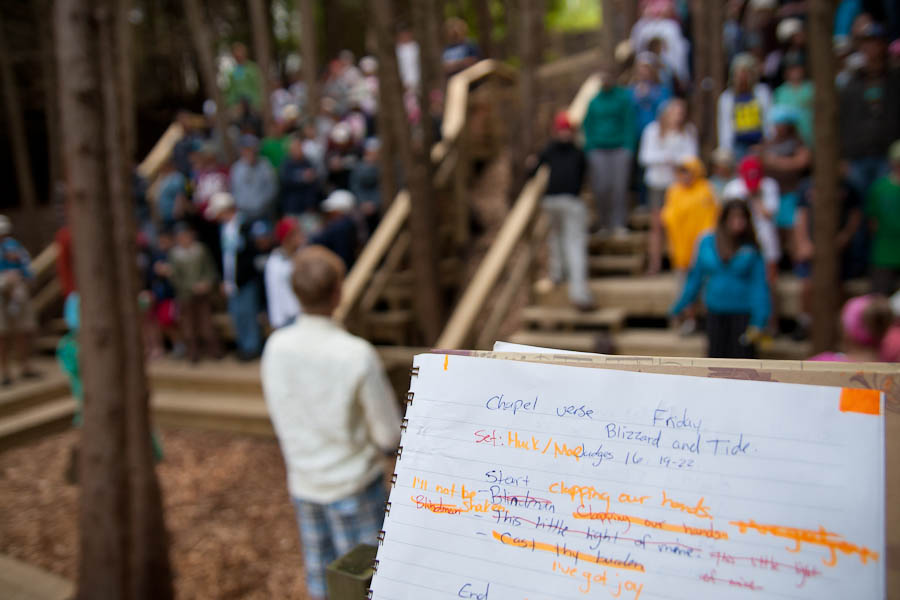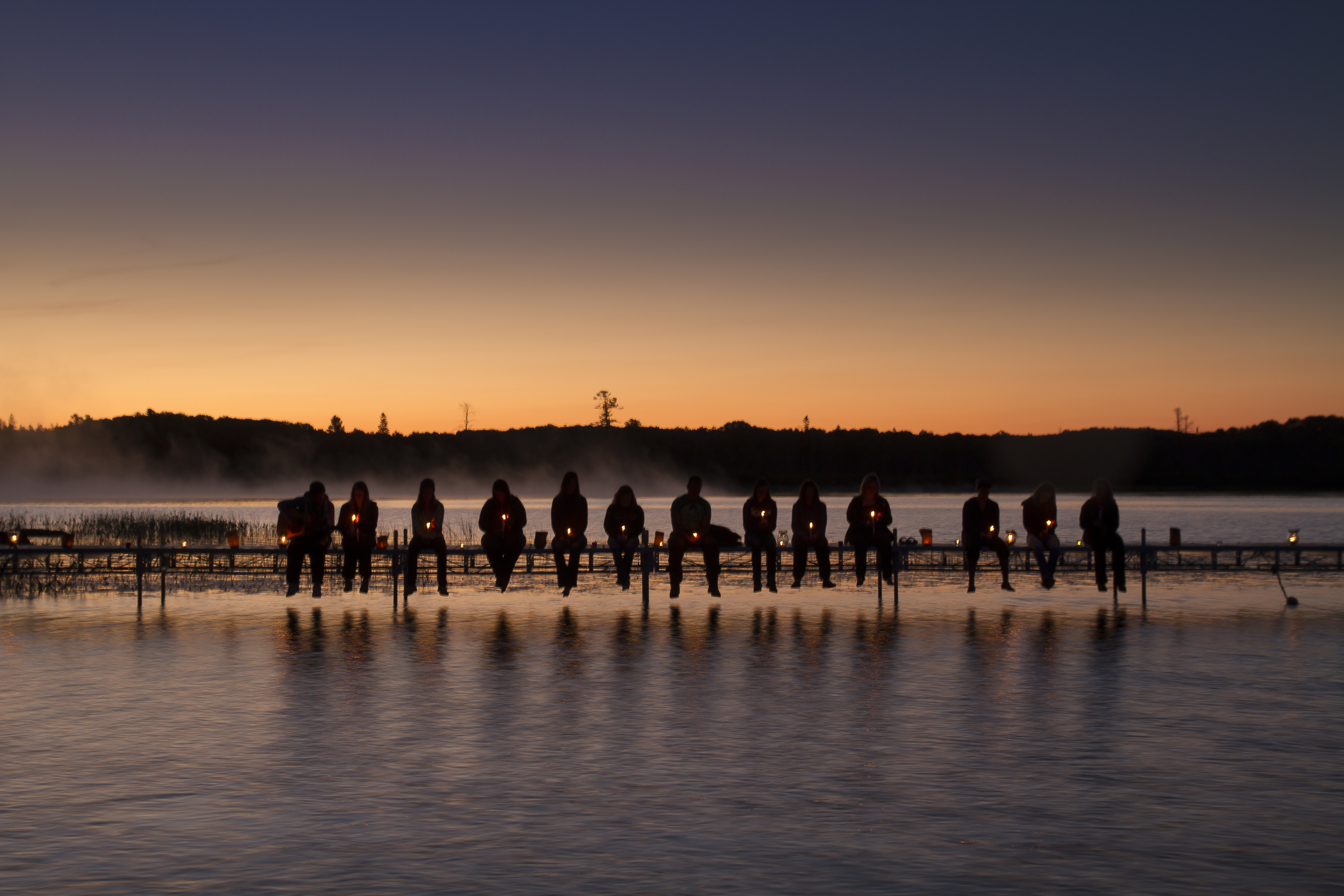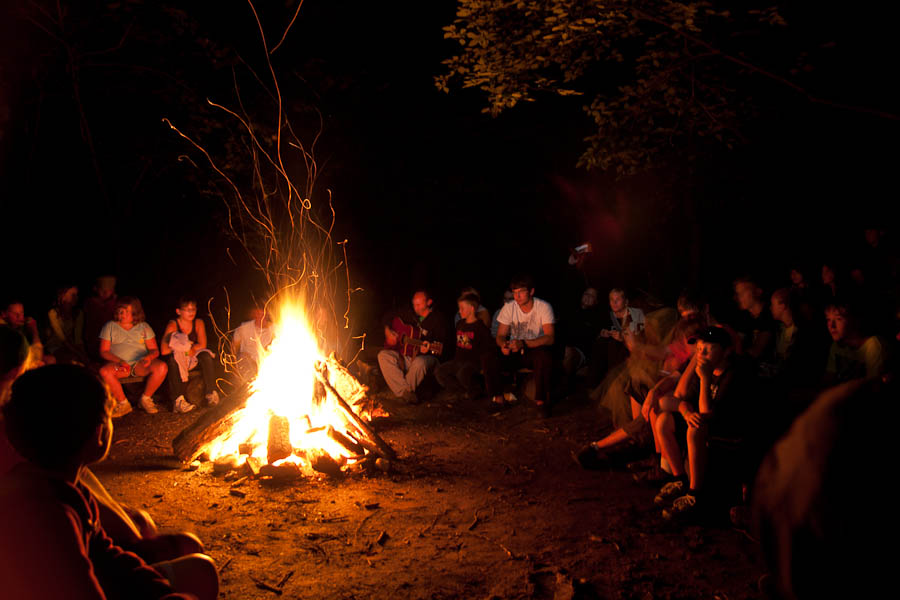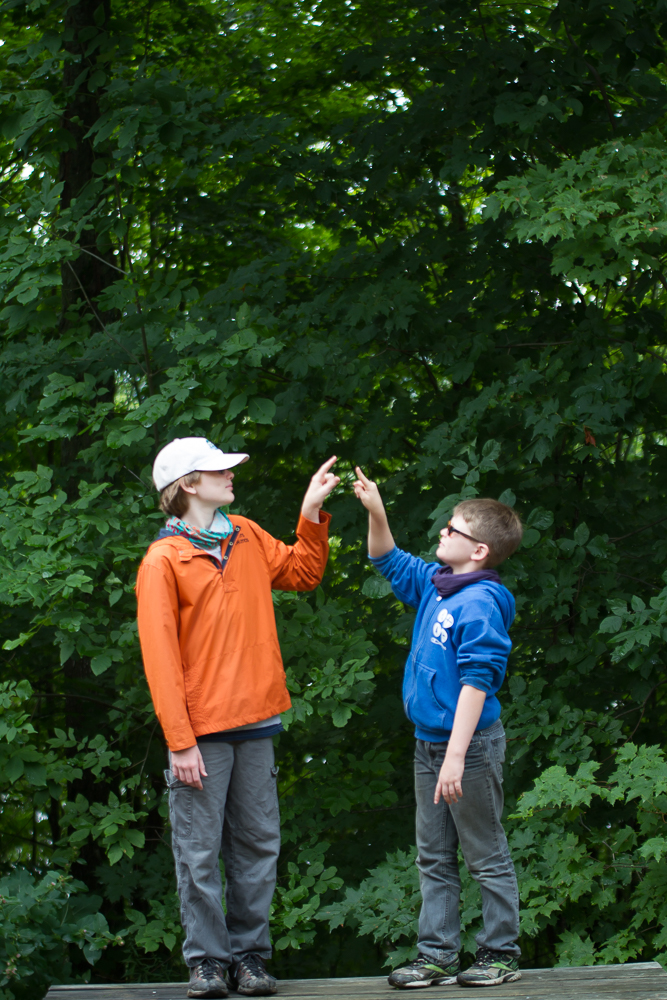Introducing: The Introduction Memory Game
How many times has it happened; you’re in the middle of a conversation and you pause and think, “Oh no! What in the world is this person’s name?”
For many, remembering new names may seem more like torture than a game. I get it. Names hold no specific information; they make no connections. The simplest way for your brain to remember names is to connect the name to something in your life. For example, you might remember where someone is from because it is near where you went to school. But a name on its own will rarely provide those connections.
Your brain also uses patterns to connect memories and you can hack this system to your benefit if you understand how these memory connections are made. The reason this is considered a game and not the silver bullet method for remembering is because the connections have to be made and connected to each new person upon introduction.
Regardless of whether you’re a memory champion, by following these simple tips you’ll have an easier time remembering and recalling names. So enjoy and welcome to The Introduction Memory Game!
Listen and Care: When introduced to someone new, most people are more interested in what is happening around them or concerned about what questions to ask to make great small talk. By not being engaged, present, and caring you are already setting yourself up to forget the name, seconds after hearing it.
Repeat: If you didn’t hear the name correctly or you are unsure how to pronounce it, ask them to repeat their name. No one can pronounce their name better than themselves. Now it is your turn. Try saying, “Great to meet you (NAME)” or “it’s a pleasure (NAME).” Anything that gives you the opportunity to say the name again will help to make the name stick. Try using their name while you introduce yourself. “It is great to meet you (NAME) I am (NAME).”
Look, See and Study: When introduced take a moment to look at who you are meeting. See if there is anything outstanding in this person’s appearance that makes them stand out in a crowd. Then study their face, in particular the eyes. Making eye contact is not only polite and shows confidence, but forces you to look at a person’s most distinctive feature.
If you are still having difficulty with the basics, you can use mnemonics. This is a fantastic trick that can be used for many types of memorization but is incredibly useful for remembering names.
Make Connections & Associations: Pick out the strongest sounding syllable that can be turned into a word in that name.
For example, Brandon-RAN; next think about the feature on your new friend’s face that stands out to you the most. This feature will be your link that connects the face to the name. Take a moment to imagine the feature doing the action word from the emphasized syllable. For example. If you meet someone named Brandon and, he has bright blue eyes, you imagine 2 blue eyes crossing a finish line because they RAN a race.
Alliteration is your Ally: Alliterative patterns are easy for your brain to remember. Even if the connection doesn’t make sense, you can always make up your own patterns, ex. Tammy from Tennessee/Lucy from Louisville. Tammy doesn’t have to be from Tennessee but you’re more likely to remember the alliteration than remembering Tammy is actually from Galveston.
Spell It: Ask someone to spell their name for you. Imagine writing their name on their forehead in big black marker or spell it out in your head. The more you think about the name, the easier it is for your brain to encode the name for better recollection.
If all else fails using the above tactics, the final two tips are ways in which you can get the name again. Run it through the name game once more, and remember successfully the second time around.
Ask for their name again: Let them know you forgot their name. If you just met or you don’t see each other too often, asking for their name again can save both parties a great deal of trouble. In all likelihood both parties could use a name refresher. Be polite and there should be no harm done.
Use your super sleuth skills: If you are with friends who may know the name of the person you’ve just met ask them slyly for the person’s name. If you’re in a pinch, mingle close by as your mystery friend is introduced to someone new and try to pick up the name as it is mentioned. This tactic can be difficult particularly in a loud crowded room.
Using these tricks should help turn your interesting meet and greet into a fun introduction game. Remember to enjoy any opportunity to practice learning names. Try to embrace the challenging moments. It is always okay to ask for help. If at any point you have forgotten someone’s name there are a couple great options to get you through this moment without panic. Remember, practice makes perfect! So whether you’re out for dinner, at a party, or just meeting new people in your neighbourhood get out there and start playing the introduction memory game!
(Note from Travis: We're excited to feature this article from Life's Secret Sauce - Sam Field is a camp friend and former Camp Big Canoe staffer!)
Life’s Secret Sauce, founded by Brandon Slater & Samantha Field, has been designed to teach young urban professionals how to have engaging and meaningful conversations as well as increase their networking skills. As public speakers in the Cruise industry they have learned what it takes to build relationships, connections and engage in great conversation without distraction. Currently they live in Miami with their Shiba Inu puppy, Azumi, and enjoy hiking in Alaska throughout the summer months. To learn more click here!

